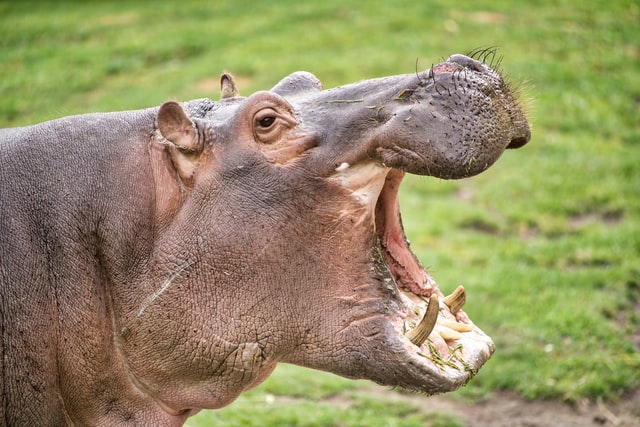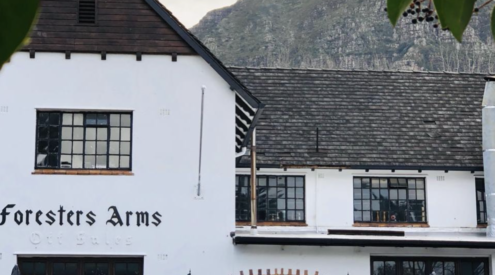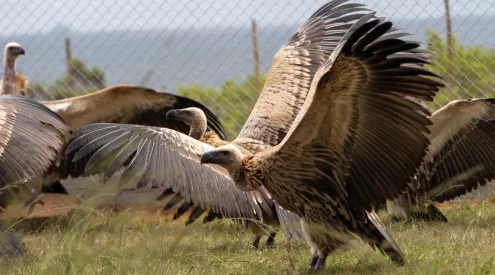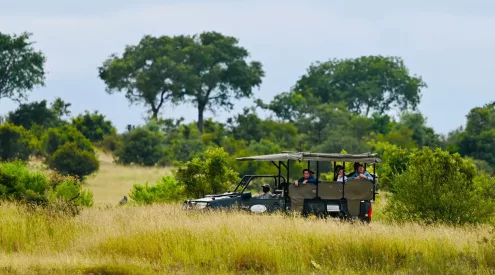There are growing calls for the common hippo to be given the highest protection by the Convention on International Trade in Endangered Species of Wild Fauna and Flora (Cites) at their upcoming conference later this year.

Authorities from the west African countries Benin, Burkina Faso, Central African Republic, Gabon, Guinea, Liberia, Mali, Niger, Senega and Togo have all proposed that hippos be listed under Appendix I of the Cites convention, which would mean a total international ban on the trade of hippo body parts and ivory.
Hippos have been listed as vulnerable on the IUCN red list since 2006, but conservationists are arguing that hippos have seen ‘a marked decline in the wild’.
According to the proposal, hippo specimens are traded in large numbers. The Cites trade database recorded 77 579 unweighted hippo specimens imported, 98% were sourced from the wild between 2009 and 2018.
Carvings made from teeth and tusks (or hippo ivory) were the most common use in trade. An additional 36 113 kg of weighted ivory from wild hippos were imported during the same period.
In conservation circles, hippos tend to be overlooked due to their high-population densities, giving the impression that there are plenty of hippos in the wild.
This is according to Rebecca Lewison from the IUCN hippo specialist group, who said that the ‘biggest threat to hippos is habitat loss and degradation. Common hippos rely on fresh water to survive, and that often puts them in conflict with local communities who also need fresh water for agriculture, energy, fishing and residential development.’
Following the proposal, the Cites Secretariat will provide an assessment to determine if hippos meet the Appendix I criteria. Cites is due to meet in Panama later this year for the 19th meeting of the Conference of the Parties to CITES.
Picture: Getaway Gallery
ALSO READ: Giant tortoise on tracks in UK halts train operations


















